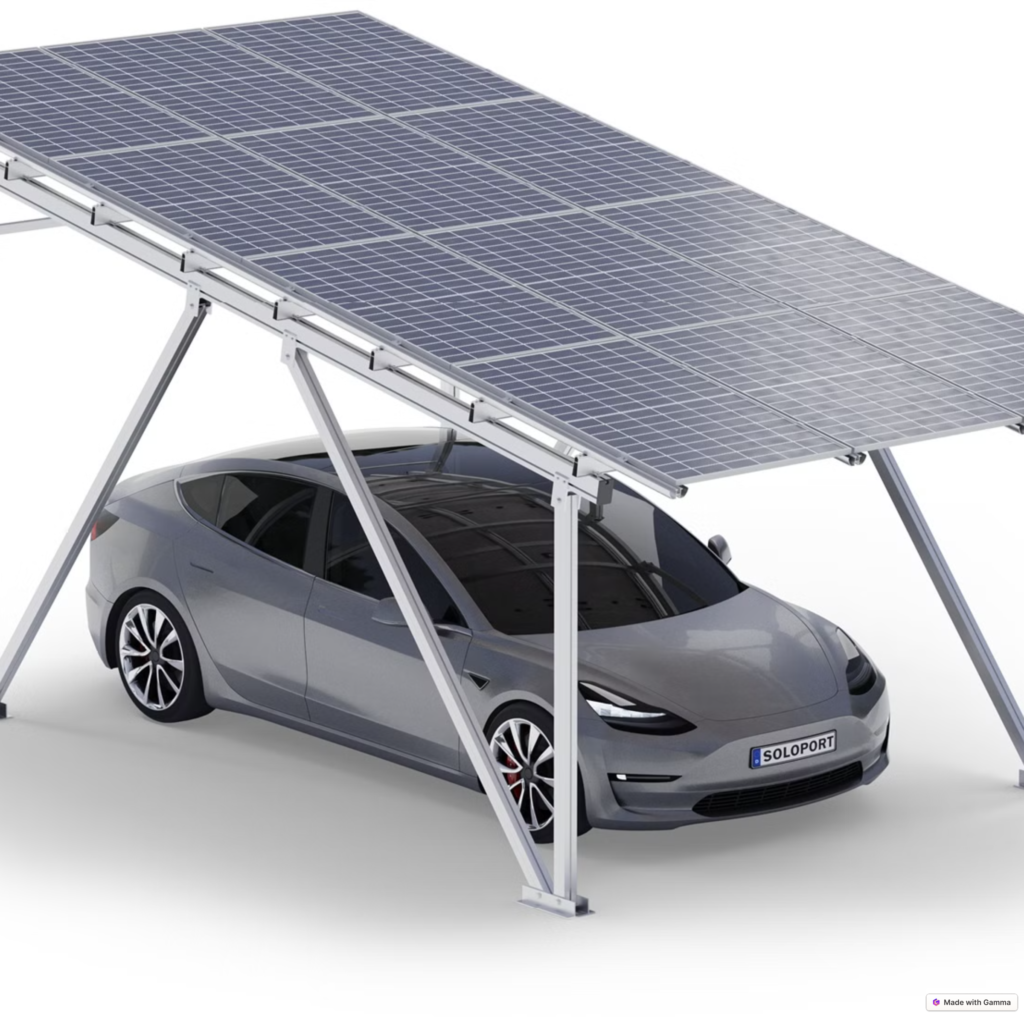To remove the dust from solar panels, the following methods can be adopted:
First, the clean water rinsing method
Method and steps:
Choose an appropriate time:
It is best to wash it in the morning or evening when the sunlight is not too strong. Avoid flushing during high-temperature periods to prevent damage to the photovoltaic panels caused by thermal stress resulting from temperature changes.
Prepare tools:
Use a soft hose or spray bottle.
Rinsing process
Gently spray clean water on the surface of the solar panels and use the force of water flow to wash away the dust. Avoid using excessive water pressure to prevent damage to the photovoltaic panels.
Drying treatment:
After rinsing, gently dry the surface of the solar panel with a clean soft cloth or sponge to ensure there is no remaining water.
Notes:
During the flushing process, it is necessary to ensure that the surface of the solar panels is dry to avoid water accumulation forming shadows, which may affect the power generation efficiency.
When rinsing, direct sunlight should be avoided to prevent the hot spot effect caused by the obstruction of human figures.
Second, the manual wiping method
Method and steps:
Choose an appropriate time:
It is also recommended to carry it out in the morning or evening.
Prepare tools:
Soft rags or sponges, soft brushes (such as long-handled fleece mops or photovoltaic cleaning brushes).
Wiping process:
Gently soak a cloth or sponge, wring it out, and then wipe off the dust along the grain of the solar panel.
For stubborn stains, a soft-bristled brush can be used to gently scrub, but the force should be moderate to avoid scratching the surface of the solar panel.
Inspection and Cleaning
After the wiping is completed, carefully check whether there is any dust residue on the surface of the solar panel.
If necessary, you can wipe it again or use a blower to blow off the remaining dust.
Notes:
Use a soft cloth or sponge. Avoid using hard objects or rough fabrics to prevent scratching the surface of the solar panel.
When wiping, be gentle and even, and avoid applying excessive pressure to the solar panels.
Third, mechanical cleaning method
Applicable scenarios:
It is suitable for large solar panel arrays or scenarios that are difficult to clean manually.
Method and steps:
Select professional equipment:
Use a vehicle with water storage function (such as a water tank tractor or water sprinkler truck) in conjunction with a low-pressure nozzle for cleaning. Or, use a dedicated photovoltaic panel cleaning vehicle.
Cleaning process:
Move the cleaning equipment near the solar panels, adjust the nozzle Angle and water pressure to ensure that the water flow is evenly sprayed on the surface of the solar panels.
When cleaning, follow the texture direction of the solar panel to avoid horizontal rinsing that may cause water stains to remain.
Follow-up processing:
After cleaning, gently dry the surface of the solar panel with a clean cloth or sponge to ensure there is no remaining water.
Notes:
When using mechanical cleaning equipment, it is necessary to ensure the stable and reliable performance of the equipment to avoid damaging the solar panels.
Before cleaning, check whether the nozzles and pipes of the equipment are unobstructed to avoid affecting the cleaning effect.
Fourth, use photovoltaic cleaning robots
Applicable scenarios:
It is suitable for large-scale photovoltaic power stations or scenarios that require regular automatic cleaning.
Method and steps:
Select the appropriate robot:
Select the appropriate photovoltaic cleaning robot based on the scale and layout of the photovoltaic power station.
Set up the cleaning program:
Set the cleaning path and time of the robot through remote control or background operation.
Start cleaning:
With just one click to start the robot, it will automatically move and clean on the photovoltaic module array to complete the cleaning work.
Notes:
Before using the photovoltaic cleaning robot, it is necessary to ensure its stable and reliable performance to avoid damaging the solar panels.
Regularly check the working status and cleaning effect of the robot to ensure its normal operation.
Summary
To remove the dust from solar panels, a suitable method can be chosen based on the actual situation. For small or household solar panels, the method of rinsing with clean water or manual wiping can be adopted. For large solar panel arrays or scenarios that are difficult to clean manually, mechanical cleaning methods or the use of photovoltaic cleaning robots can be adopted.


